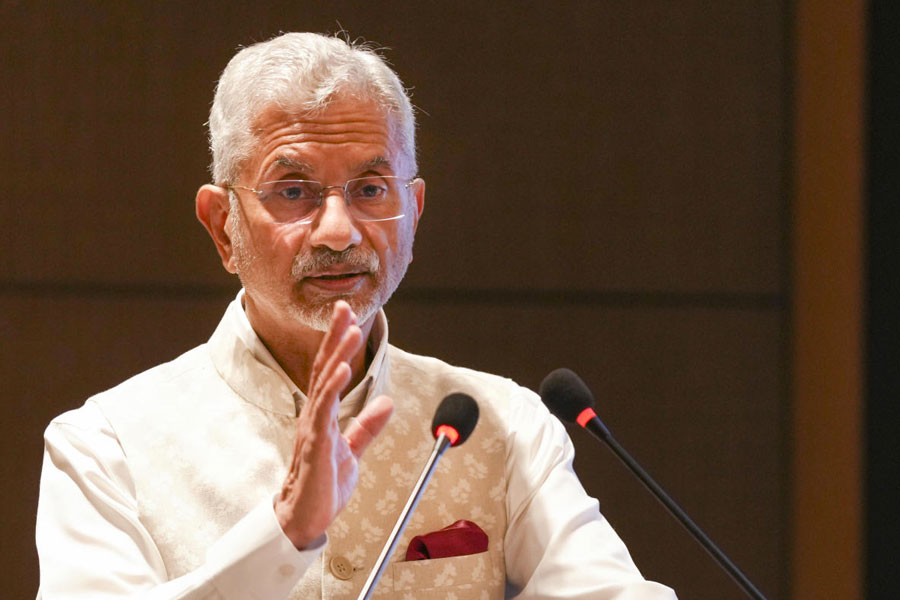Patna, March 27: The next time you litter, remember this: residents of villages neighbouring Patna have to suffer for the garbage produced by us.
Courtesy the Patna Municipal Corporation (PMC), residents of Kanauji- Kachuwada, Bairia, Manpur- Bairia, Illahibag, Chakvairia, Karnpura and Sitjaunchauk villages — that have a combined population of more than 20,000 — have to deal with the overpowering stench, regular outbreak of fires, unprecedented rise in the number of flies and mosquitoes because of the garbage dumped at the 80 acre-landfill site at Ramachak area in Bairia village.
A PMC source said the state capital produces more than 750 metric tonne of garbage everyday. This is now being regularly dumped at Ramachak, located 3km from Patna, as a part of the civic body’s solid-waste management plan. Residents of the villages have lodged their protest with the authorities concerned but in vain.
“We feel cheated by the government. Our fertile land was acquired without us being informed. Now it has become a dumping ground,” said Pushpa Kumari, the mukhiya of Bairia panchayat.
“Children and elderly persons residing in these villages are already suffering from respiratory problems. The rich agricultural yield of the region has declined. We complained at the chief minister’s janata darbar and other authorities but in vain,” added the agitated mukhiya.
The villagers are now planning a mass protest to get rid of the menace.
Pushpa said: “If this persists, residents of the villages will soon start dying. We will have no other option but to resort to mass protests in the form of blocking the Patna-Gaya national highway and gherao the chief minister and other officials to press for our demands. Our children have a right to a clean and garbage-free environment. We will not tolerate this.”
The gravity of the situation can be gauged from the fact that a private school neighbouring the garbage dump was forced to shut down because of the stench.
“The school had 113 students three years ago. But this year, after the garbage dumping started, the number of students came down to six. Parents started withdrawing their wards because of the health hazard. The foul odour from the dump and regular outbreak of fires was a threat to the students and employees. So we decided to close down,” said Sohan Singh Chauhan, the director of St John Public School, which closed on February 1.
According to the norms of the Municipal Solid Waste (Management and Handling) Rules, 2000, the municipal authority or the agency appointed by it, is required to obtain a grant of authorisation from the state pollution control board for setting up and operating waste processing and disposal facility at a landfill site. Among various steps that need to be followed before granting the authorisation, the state pollution control board is required to hold a public hearing to assess the situation and take note of the objections against the waste processing and disposal facility.
“We held a public hearing on March 6 at Ramachak-Bairiya village in presence of all stakeholders. In the light of the existing situation, including the objections of villagers, we are in the process of sending a report to the central pollution control board and the Union ministry of environment and forest,” said Manoj Kumar Sinha, the member secretary of Bihar Pollution Control Board.
“The civic body is aware of the situation at the Ramachak-Bairia landfill site. The site has already been sanctioned for waste processing and disposal facility by the state government. The work for open garbage dumping will continue till the municipal waste processing complex is ready in three or four months,” said mayor Afzal Imam.










